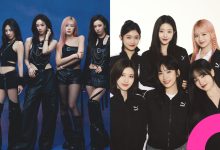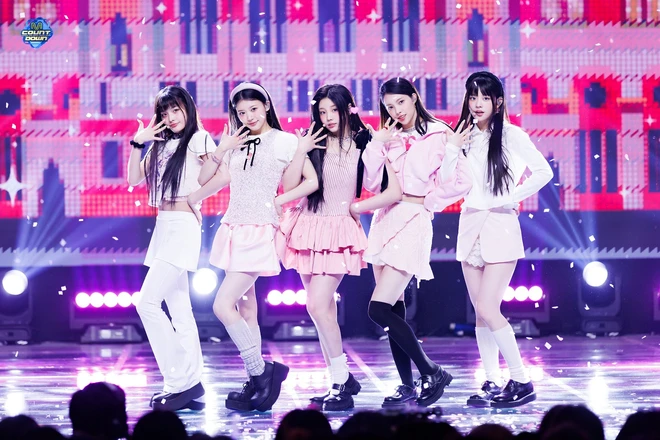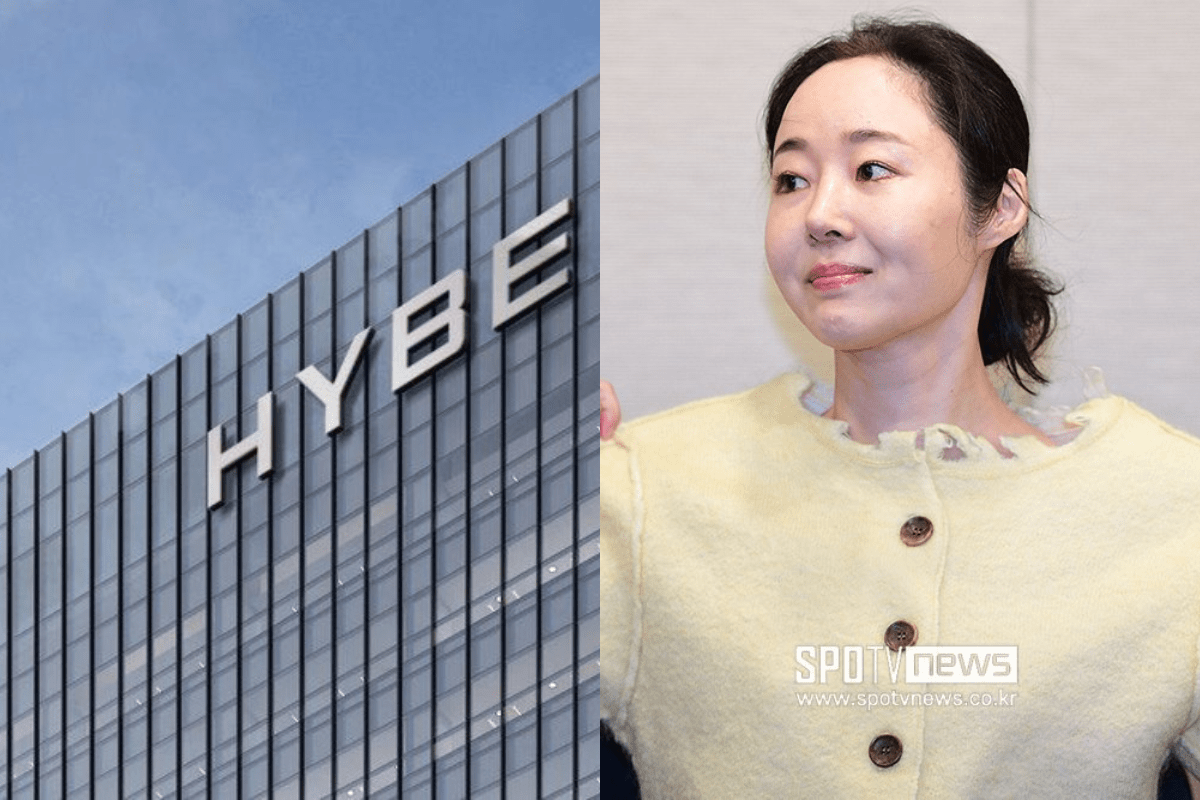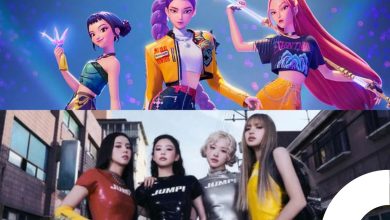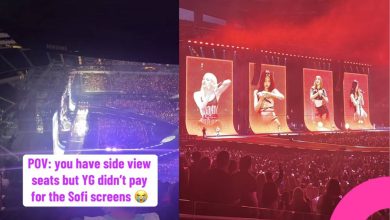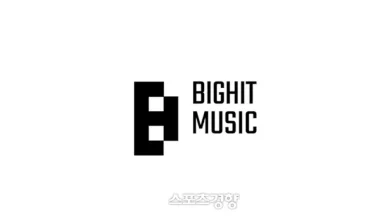“Why is K-pop everywhere at a Japanese festival?” ILLIT’s Appearance on “Kōhaku Uta Gassen” Sparks Debate in Japan
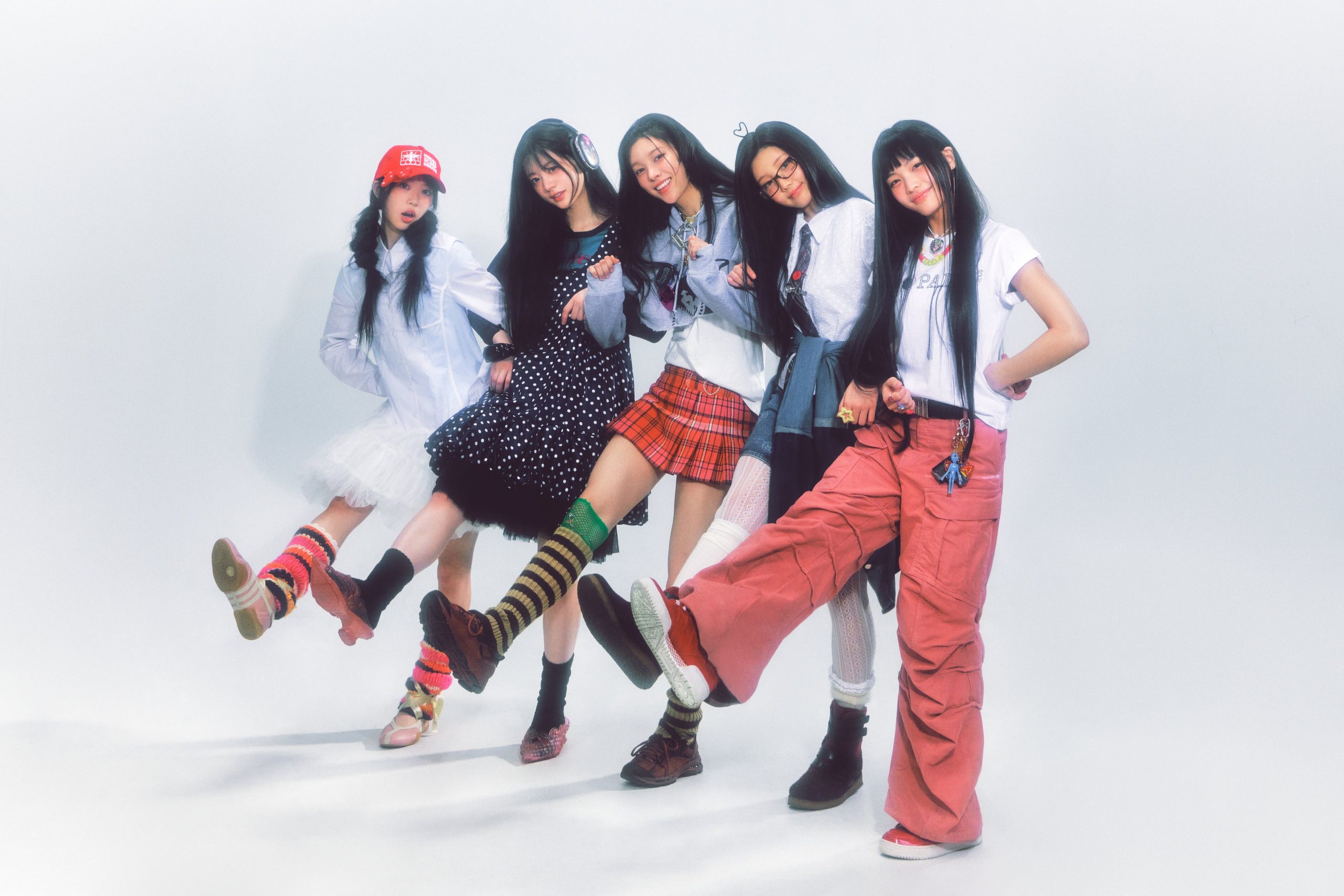
On December 1, keywords like “ILLIT Kōhaku” trended on Japanese social platforms like X (formerly Twitter) and Yahoo Japan. Scheduled to air on December 31, the event will feature six K-pop idol groups, including ILLIT, TWICE and LE SSERAFIM, making up roughly one-seventh of the total 41 acts.
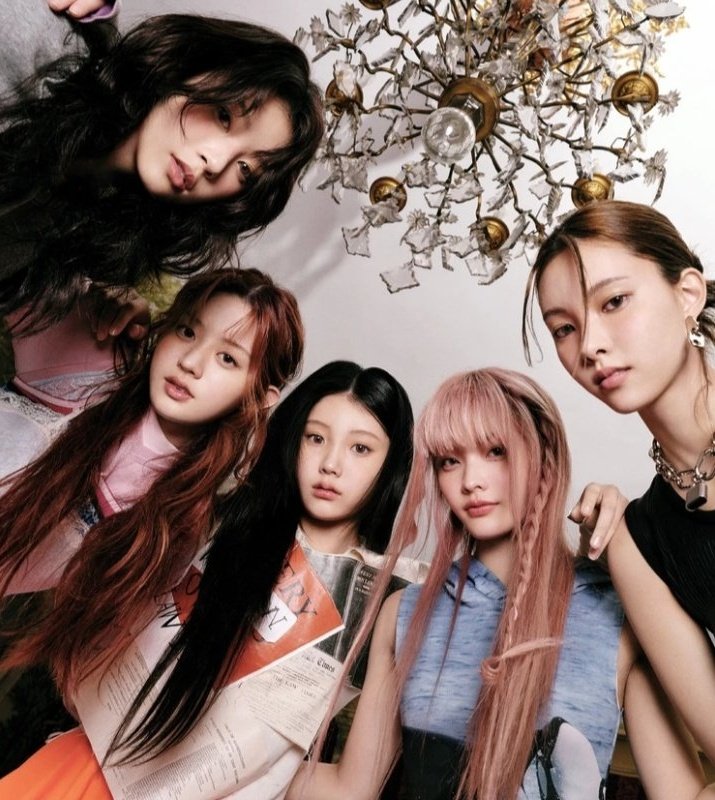
However, heated debates are erupting over ILLIT’s inclusion. Critics argue, “Why are so many K-pop artists performing at a Japanese festival?” and “It’s flooded with K-pop again this year.” Adding to the backlash, ILLIT debuted just eight months ago in March with “Magnetic”, leading some to question whether an unknown rookie group deserves a spot on the prestigious program. Since the 1960s, “Kōhaku Uta Gassen”, which once boasted over 80% viewership, has been considered a symbol of Japanese television and a stage reserved for the top artists in the Japanese music industry. Japanese netizens have expressed frustration at the large presence of Korean groups on this iconic year-end program, particularly over a rookie group with no official Japanese debut.
In contrast, Japanese K-pop fans in their teens and twenties are defending ILLIT on SNS, saying, “Criticizing them without knowing their popularity is wrong” and “Condemning them just because they’re Korean artists is outdated.” For younger fans, ILLIT is considered one of the most popular K-pop idols.
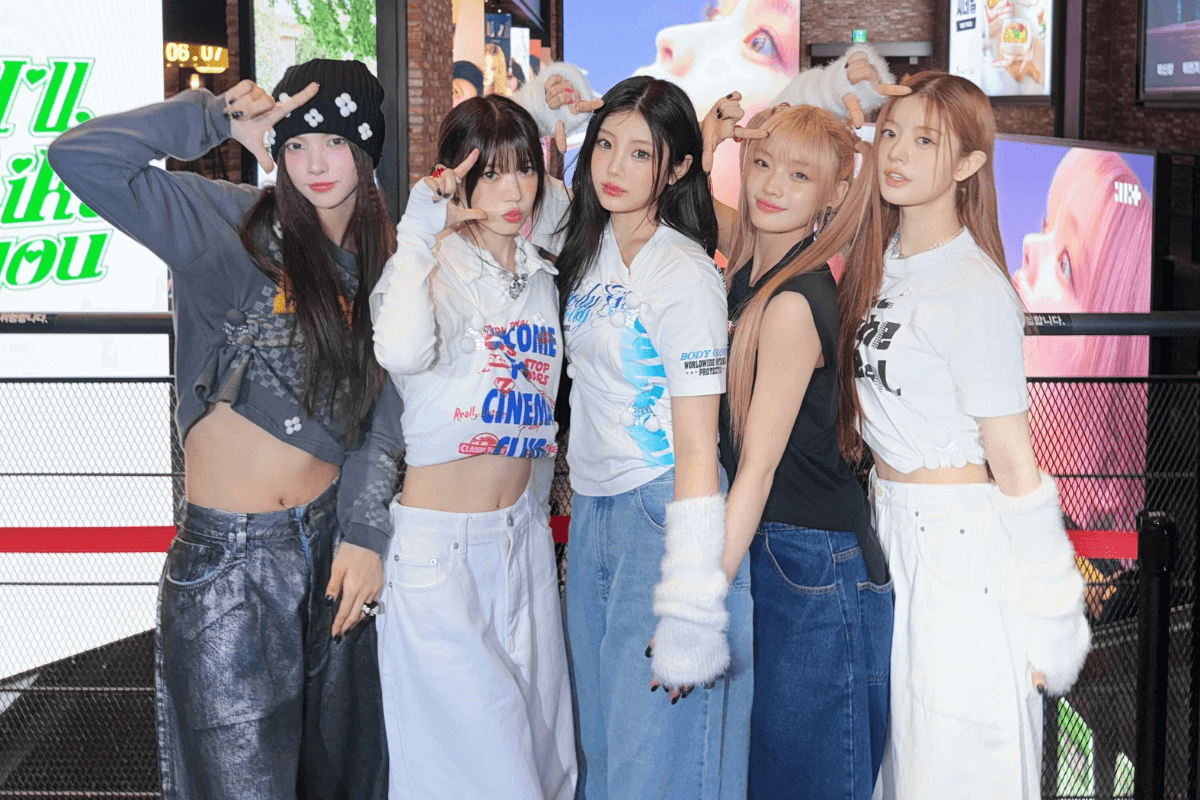
As the controversy continues, music critic Higara Tetsuo pointed out on SNS, “‘Kōhaku Uta Gassen’ has already featured many Korean artists, including TVXQ, BoA, Kye Eun-sook and Cho Yong-pil. It is not a stage exclusively for Japanese performers.”
This year marks the 75th edition of “Kōhaku Uta Gassen”, a program that pits the Red Team (female artists) against the White Team (male artists) in a singing competition format. TWICE will make their fifth appearance, while LE SSERAFIM will perform for the third time. Meanwhile, ILLIT and TXT will make their first appearances. The lineup also includes two groups born from CJ ENM’s “PRODUCE 101” format, ME:I (Red Team) and JO1 (White Team), making a total of six K-pop-related acts in this year’s roster.
Source: Naver

